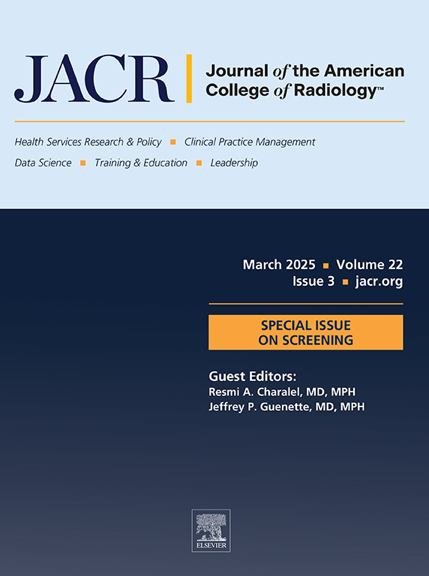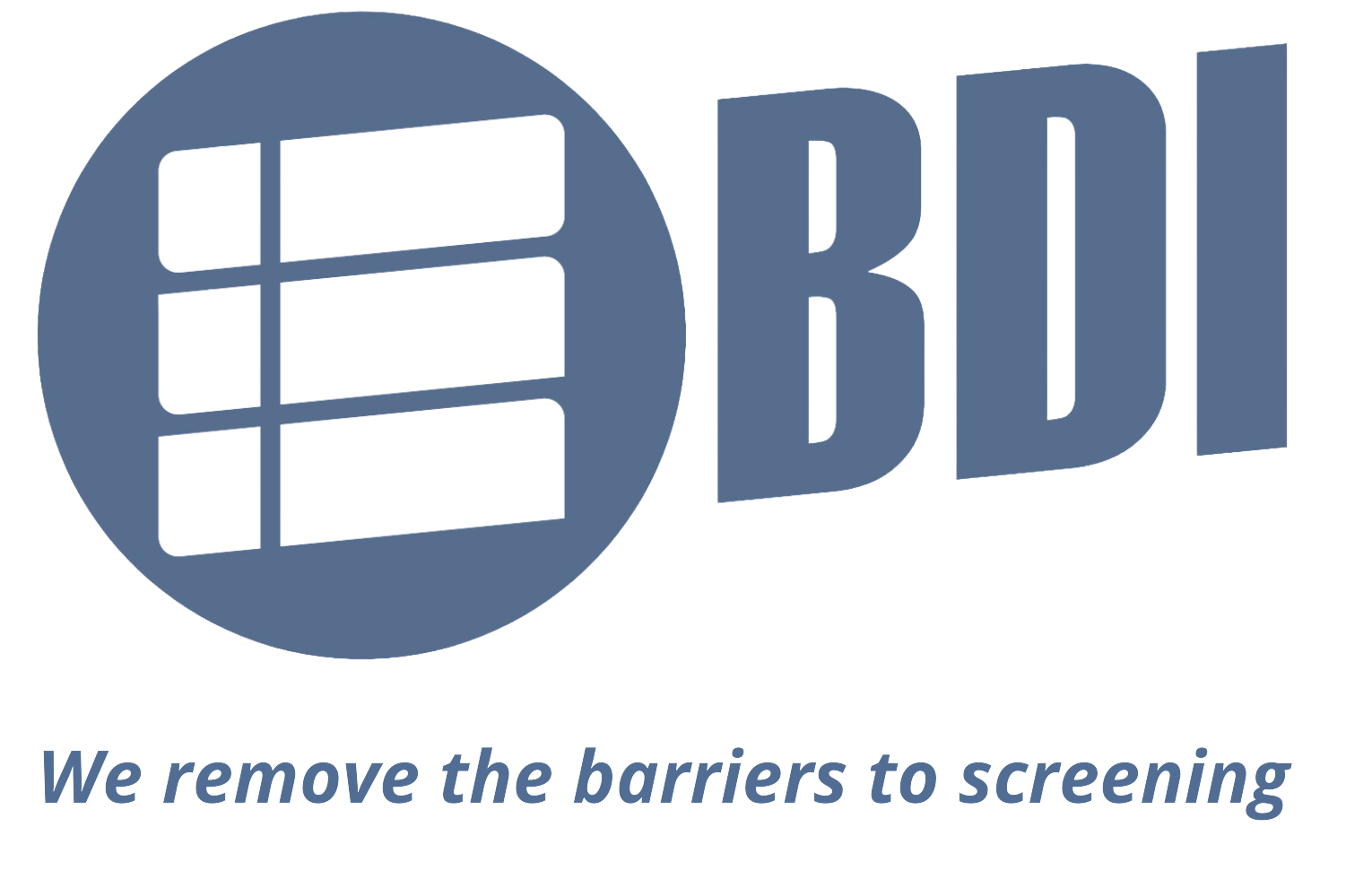

In the March 2025 Journal of the American College of Radiology (JACR) special issue on screening, a paper co-authored by ACR, Massachusetts General Hospital and NYU Langone Health experts recommends screening for osteoporosis ‘opportunistically’ using existing CT scans given its cost savings and greater accuracy versus DXA imaging. “CT bone density screening has been shown to be equivalent and possibly superior to DEXA for bone density screening in terms of fracture risk prediction. The reasons include [CT’s] more accurate measurements.” The authors further note that “although recommended by multiple societies, including the ACR, the American College of Obstetricians and Gynecologists, and the US Preventive Services Task Force, only 11% to 18% of patients” recommended for osteoporosis screening in fact get screened with DXA. Fracture prevention from opportunistic osteoporosis screening of existing patient CTs for the 82+% of patients who don’t get DXA screening can result in over $2.5 billion annual savings for the Medicare FFS population alone, the authors calculate. They note “the typical treatment plan for a patient with a new diagnosis of osteoporosis … is much less than the treatment needed for patients who have fractures.”
“With the development and impending introduction of algorithms into daily practice that will allow automated measurements combined with new phantom-less imaging acquisition and analysis techniques that increase the number of CT scanners and types of CT examinations … that can be used, the ability to screen patients with CT will become widespread and easier to accept and incorporate into daily clinical practice. This, in turn, should lead to more patients’ being diagnosed with osteoporosis and beginning the appropriate treatment to prevent fractures and avoid the associated negative consequences. The clinical value of this cannot be understated; this will be a game changer for patients with osteoporosis.”
Because of this clinical value and cost savings, the authors conclude, “These findings provide additional support for incorporating opportunistic CT imaging into daily clinical practice.”
In an accompanying letter to the editor praising this paper, UCLA Professor and BDI Chief Medical Officer Matthew Budoff, MD notes that accounting for additional eligible CTs not included in this ACR-MGH-NYU study likely would show even greater clinical value and cost savings from opportunistic CT screening for osteoporosis. “The addition of BMD from thoracic CT, and future use of contrast CT studies now under development at BDI, may double the applicable scans that can benefit from opportunistic imaging, doubling the annual cost savings to Medicare” Budoff notes.
The study can be found at https://www.jacr.org/article/S1546-1440(24)00837-8/fulltext and accompanying letter to the editor can be found at https://www.jacr.org/article/S1546-1440(25)00211-X/abstract . See also Radiology Business and other media coverage.
